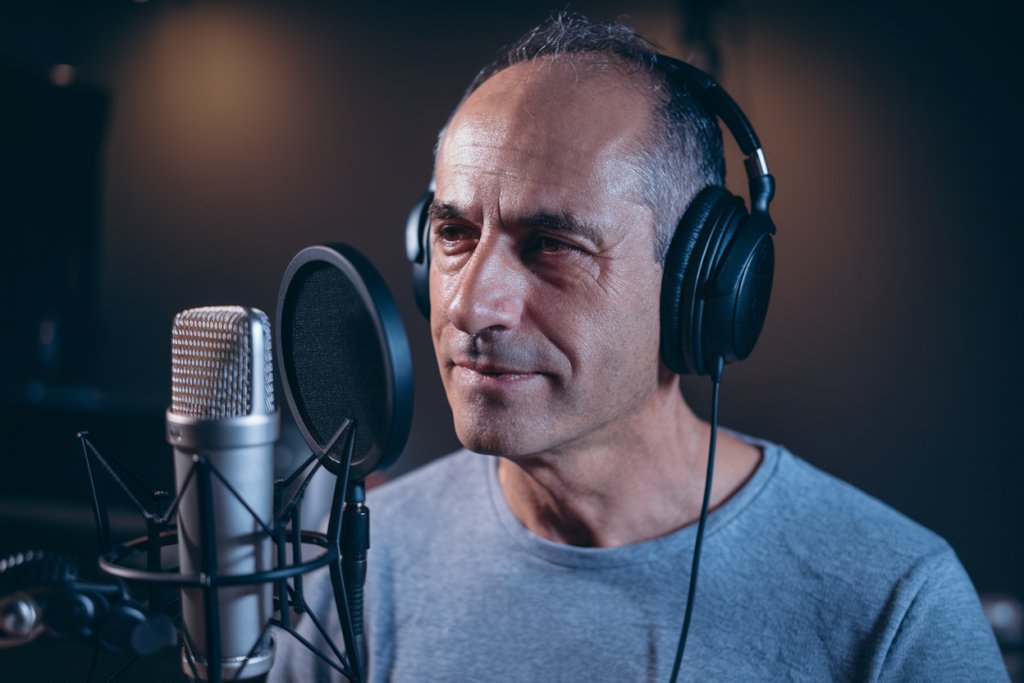When it comes to mastering Italian, achieving naturalness in speech can feel like an uphill battle. I often find that many learners struggle with pronunciation and rhythm, which can hinder their confidence during conversations. But embracing the beauty of the language is key to sounding more authentic.
Understanding Naturalness in Italian Speech
Naturalness in Italian speech refers to a fluid, authentic way of communicating that reflects native speaker patterns. Achieving this level of comfort enhances overall conversation quality and comprehension.
Definition of Naturalness
Naturalness involves smooth pronunciation, appropriate rhythm, and genuine intonation. It encompasses the ability to express thoughts effortlessly while using colloquial expressions and regional nuances familiar to native speakers. A learner’s speech becomes natural when it mimics these intrinsic qualities, allowing for more relatable interactions.
Importance of Natural Speech in Communication
Natural speech fosters effective communication by building rapport with listeners. When I speak naturally, my ideas resonate better and encourage meaningful discussions. Authenticity in expression leads to greater engagement from others and reduces misunderstandings or misinterpretations during conversations. Embracing natural speech contributes significantly to achieving fluency and confidence in Italian dialogues.
Techniques to Reinforce Naturalness
Achieving naturalness in Italian speech involves specific techniques that enhance fluency and authenticity. I focus on two essential areas: pronunciation and colloquial expressions.
Emphasis on Pronunciation
I prioritize clear pronunciation as a cornerstone of natural speech. Practicing vowel sounds—especially the open and closed variations—improves clarity. Listening to native speakers through podcasts or music allows me to mimic their intonation patterns accurately. Using tools like phonetic charts helps identify common pitfalls, such as mispronouncing double consonants, which can alter meaning significantly.
Incorporating Colloquial Expressions
I integrate colloquial expressions into my conversations for a more authentic feel. Familiarizing myself with everyday phrases enriches my vocabulary and makes interactions sound less formal. Observing how natives use idiomatic expressions in different contexts enhances my ability to respond naturally. Engaging with local media—television shows, films, or social media—exposes me to current slang and cultural references that resonate with native speakers, fostering deeper connections during dialogues.
Role of Cultural Context
Cultural context significantly shapes the naturalness of Italian speech. Understanding this context enhances fluency and facilitates authentic communication.
Influence of Regional Dialects
Regional dialects play a crucial role in shaping spoken Italian. Each region offers distinct pronunciation, vocabulary, and expressions that reflect local culture. For example, Neapolitan differs greatly from Milanese in both accent and common phrases. Learners should explore these dialects to grasp the richness of the language fully. Engaging with native speakers enables me to appreciate variations and incorporate them into my conversations, creating a more genuine connection with the language.
Understanding Cultural Nuances
Cultural nuances enrich conversational exchanges in Italian. Familiarity with social customs, humor, and historical references contributes to effective communication. For instance, understanding gestures commonly used by Italians can enhance interactions significantly; specific hand movements often accompany verbal expressions for emphasis or clarity. Additionally, recognizing when to use formal versus informal speech reflects respect for cultural norms. Immersing myself in Italian culture through films, literature, and social media helps me internalize these nuances and apply them naturally in dialogues.
Practical Exercises for Improvement
To enhance the naturalness of Italian speech, I recommend engaging in practical exercises that focus on speaking and listening. These activities foster fluency and help integrate cultural nuances into conversations.
Speaking Practice Tips
- Daily Conversations: Incorporate Italian into daily routines by conversing with native speakers or language partners. This practice strengthens confidence and improves spontaneity.
- Shadowing Technique: Mimic native speakers while they speak. Choose short audio clips, repeat phrases aloud, and match their rhythm and intonation.
- Role-Playing Scenarios: Engage in role-playing exercises that simulate real-life situations, such as ordering at a restaurant or asking for directions. This approach builds familiarity with colloquial expressions.
- Record Yourself: Record my voice during practice sessions to analyze pronunciation and flow. Listening back helps identify areas for improvement.
- Use Language Apps: Utilize apps designed for language learning that offer structured speaking exercises, allowing me to track progress over time.
- Podcasts Selection: Listen to Italian podcasts featuring diverse topics to expose myself to various accents and vocabulary styles.
- Watch Movies with Subtitles: Watch Italian films with subtitles in both languages, focusing on dialogue delivery while following along visually.
- Music Engagement: Explore Italian songs; pay attention to lyrics’ rhythm and emotional expression while singing along to improve pronunciation naturally.
- News Reports Listening: Follow current events through Italian news channels or online platforms; this habit familiarizes me with formal speech patterns as well as slang used in everyday contexts.
- Interactive Online Platforms: Participate in online forums or discussion groups where spoken interaction occurs, enhancing comprehension skills through real-time exchanges.
These targeted strategies significantly contribute to achieving a more authentic sound when speaking Italian, promoting fluid communication rooted in cultural understanding.
Conclusion
Mastering the naturalness of Italian speech is a journey that requires dedication and practice. By focusing on pronunciation and incorporating colloquial expressions, I can enhance my fluency and authenticity in conversations. Engaging with local media immerses me in the culture while allowing me to pick up on those subtle nuances.
The more I interact with native speakers, the more confident I’ll become. This not only improves my language skills but also enriches my understanding of Italy’s vibrant culture. Embracing this process will lead to meaningful connections and a deeper appreciation for the beauty of the Italian language.








